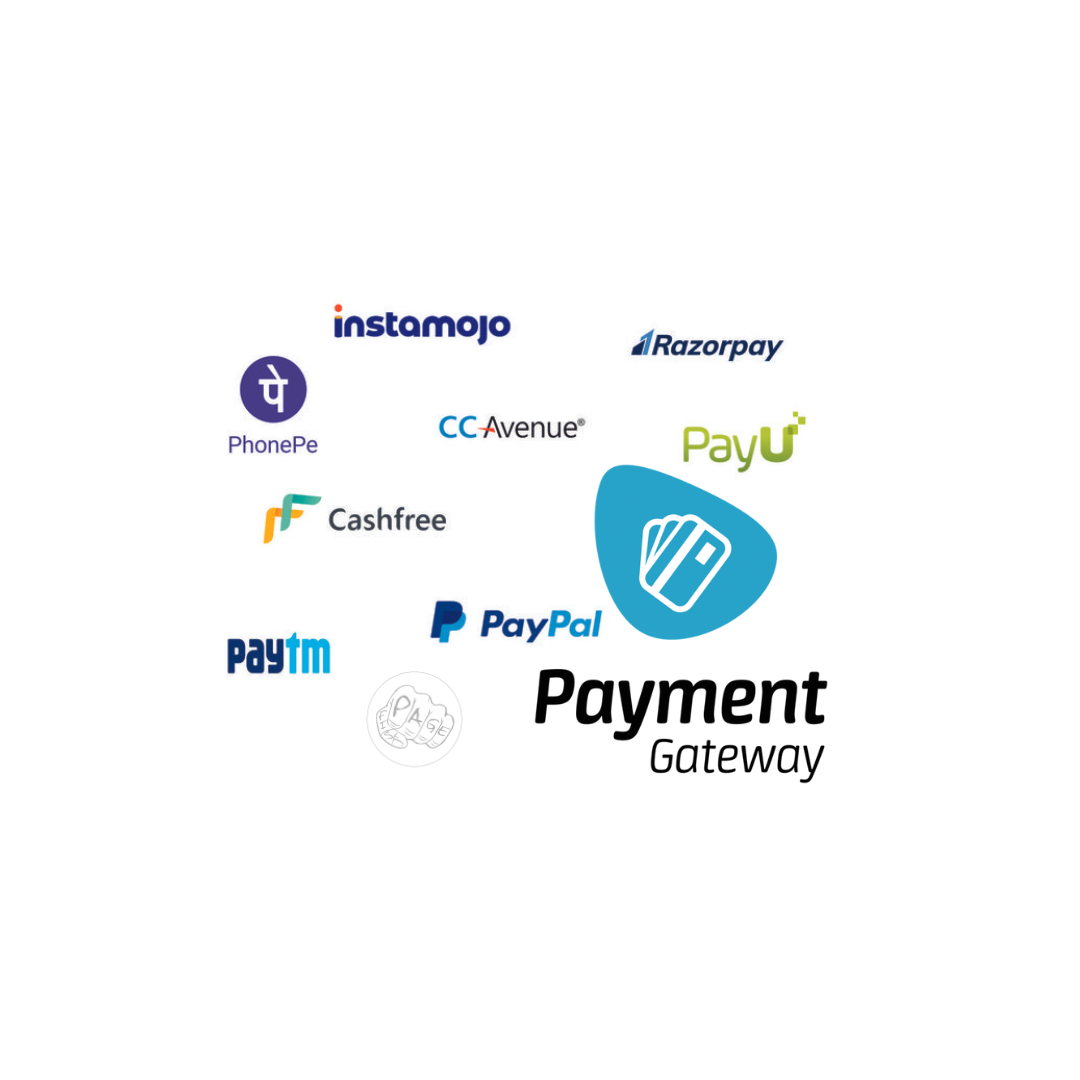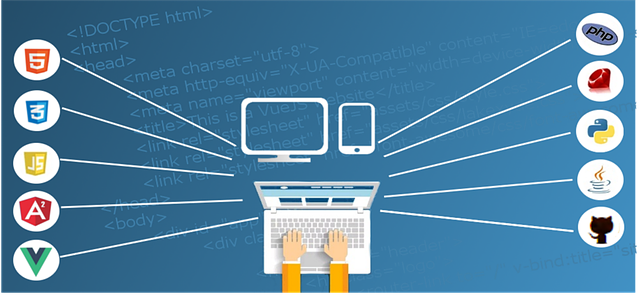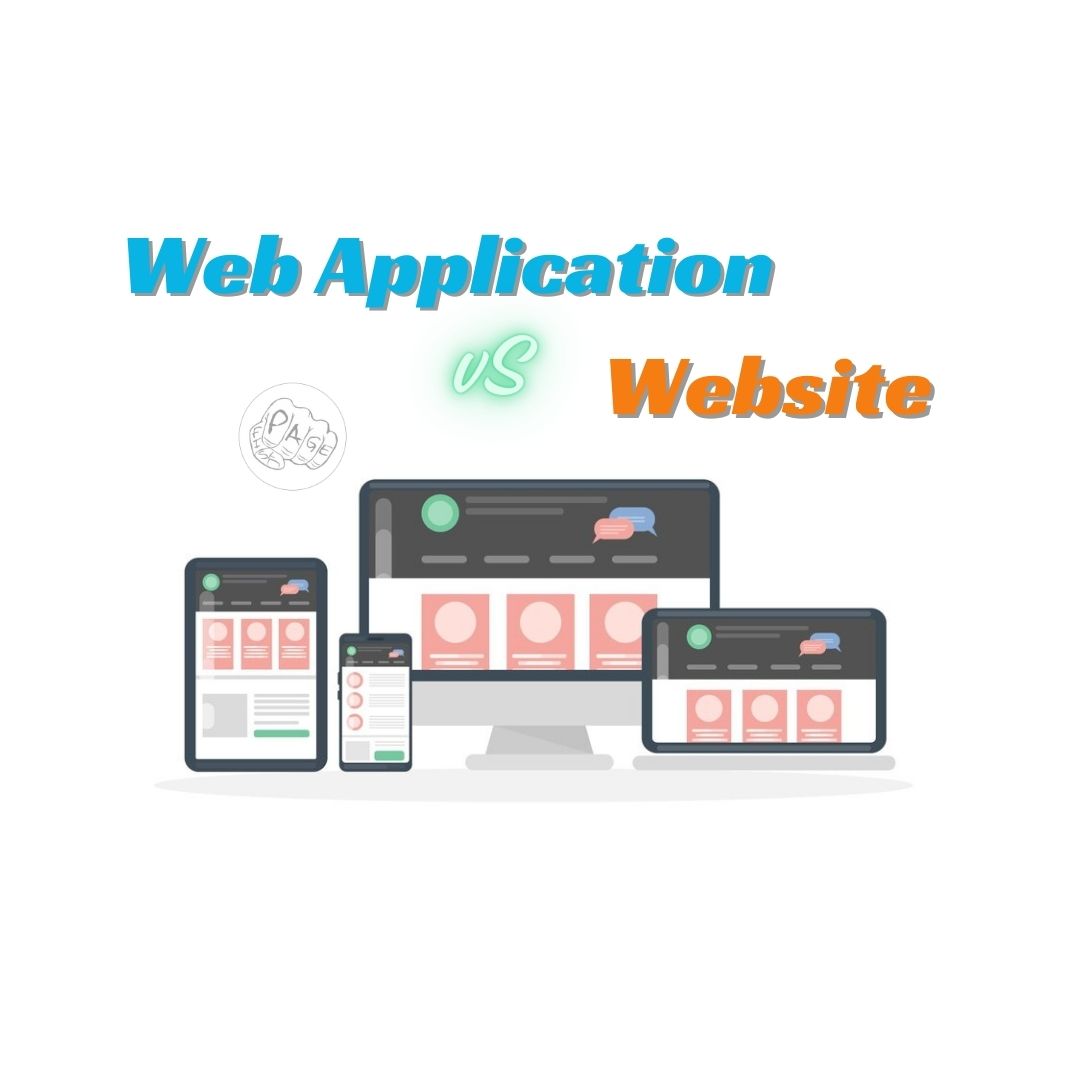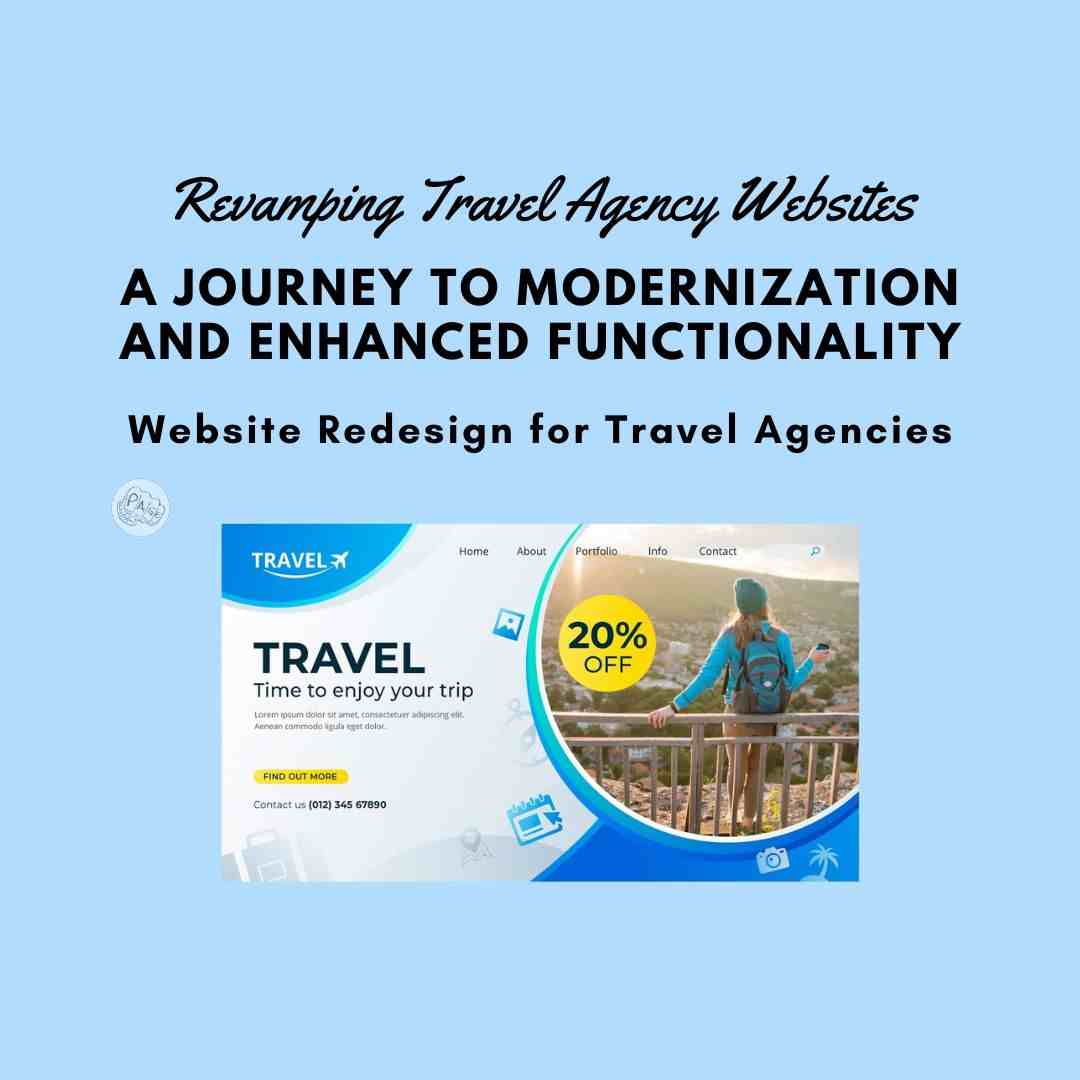Payment Gateway Integration: A Comprehensive Guide
Learn how to seamlessly integrate payment gateways like PayU, Instamojo, CCAvenue, and more into your website or app. Enhance security, streamline transactions, and boost customer satisfaction with our comprehensive guide.
Payment gateways are the unsung heroes of the digital economy, silently facilitating the smooth flow of money in online transactions. But what exactly are they, and why is integrating them into your platform crucial? In this guide, we'll delve into the world of payment gateway integration, exploring its intricacies, benefits, and popular options like PayU, Instamojo, CCAvenue, and more. By the end, you'll be equipped with the knowledge to seamlessly incorporate these gateways into your business.
Introduction
What is a payment gateway?
Imagine a virtual bouncer standing between your website and the customer's bank, ensuring that every transaction is legitimate and secure. That's precisely the role of a payment gateway. It encrypts sensitive information, authorizes transactions, and facilitates the transfer of funds from the customer to the merchant.
Importance of payment integration
In today's fast-paced digital landscape, offering multiple payment options isn't just a luxury—it's a necessity. Integrated payment gateways enable businesses to accept various payment methods, catering to diverse customer preferences and increasing conversion rates.
Choosing the Right Gateway
Factors to consider
Selecting the perfect payment gateway entails evaluating factors like transaction fees, supported currencies, security protocols, and user experience. It's essential to strike a balance between convenience for customers and cost-effectiveness for your business.
Comparison of popular gateways
We'll compare renowned gateways like PayU, Instamojo, CCAvenue, and others based on features, pricing, and user feedback, helping you make an informed decision.
Integration Process
Step-by-step guide
Integrating a payment gateway may seem daunting, but fear not! We'll walk you through the process, from setting up an account to embedding the gateway into your website or app.
Common challenges
Despite its benefits, integration can present challenges like technical complexities, compatibility issues, and compliance requirements. We'll address these obstacles and provide solutions to streamline the integration process.
Benefits of Integration
Streamlined transactions
By offering a seamless payment experience, integrated gateways reduce cart abandonment rates and increase customer satisfaction. Say goodbye to manual processing and hello to instant, hassle-free transactions.
Enhanced security
Security breaches can spell disaster for any business. Fortunately, payment gateways employ robust encryption and fraud prevention measures to safeguard sensitive information, instilling trust and confidence in both merchants and customers.
Improved customer experience
In the age of instant gratification, slow and cumbersome payment processes are a major turn-off. Integrated gateways offer swift, user-friendly interfaces that enhance the overall shopping experience, fostering customer loyalty and repeat business.
Popular Payment Gateways
Let's explore some of the most popular payment gateways and their unique features:
- PayU: Known for its seamless checkout experience and comprehensive fraud detection mechanisms.
- Instamojo: Ideal for small businesses with its easy setup, zero setup fees, and intuitive dashboard.
- CCAvenue: A pioneer in the Indian market, offering a wide range of payment options and robust security features.
- Bill Desk: Trusted by major corporations for its reliability, scalability, and customizable solutions.
- JusPay: Focused on optimizing mobile payments with its lightweight SDK and one-tap checkout option.
- Airpay: Offers a unified payment platform for online, mobile, and POS transactions, catering to diverse business needs.
- Cashfree Payments: Streamlines payment collections through features like auto-reconciliation and instant refunds.
- Zaakpay: Ensures secure, hassle-free transactions with its PCI DSS Level 1 compliance and advanced risk management tools.
- Direcpay: Facilitates quick, secure online payments with its user-friendly interface and real-time transaction tracking.
- ePaisa: Tailored for Indian merchants, offering a range of payment options and value-added services like inventory management.
- Emvantage: Specializes in e-commerce solutions with its secure payment gateway and customizable checkout pages.
- Atom Paynetz: Empowers businesses with its versatile payment solutions, supporting various industries and business models.
- Transecute: Simplifies payment acceptance through features like recurring billing and multi-currency support.
- Razorpay: Known for its developer-friendly APIs, seamless checkout experience, and comprehensive dashboard.
Conclusion
In conclusion, payment gateway integration is not just a technical requirement but a strategic imperative for businesses operating in the digital realm. By choosing the right gateway, navigating the integration process with ease, and reaping the benefits of streamlined transactions and enhanced security, you can elevate your online presence and propel your business towards success. Remember, the key lies in understanding your unique needs and selecting a gateway that aligns with your goals and values.
Ready to integrate a payment gateway and revolutionize your online transactions? Contact us today to get started!
Share This Post
Related Articles
Website Designing and Development Company in Chhattisgarh
Welcome to pagefist, the best Website Designing and Development Company in Chhattisgarh. We offer high-quality web solutions for your business needs. Whether you need a stunning website, a powerful e-commerce platform, or a custom web application, we have the expertise and experience to deliver it. Contact us today and let us help you grow your online presence with pagefist.
The Difference Between Web Application and Website
Confused about web apps and websites? This comprehensive guide explains the crucial distinctions between web applications and websites, helping you navigate the digital landscape with ease.
What Is WordPress? A Beginner's Guide
WordPress is a powerful and versatile software platform that allows you to create and manage websites, blogs, online stores, and more. WordPress is open source, which means it is free to use and customize, and it has a large community of developers and users who contribute to its improvement and support. WordPress is also easy to use, with a user-friendly interface that lets you create and edit content, install themes and plugins, and manage your site settings. WordPress is the most popular website creation tool in the world, powering over 40% of the web.
Revamping Travel Agency Websites: A Journey to Modernization and Enhanced Functionality
Explore the art of website redesign for travel agencies! Discover insights on revamping existing travel agency websites for a fresh, modern look and improved functionality.
Low-Code/No-Code Development Empowers Non-Developers to Create Applications Easily
Explore the revolutionary trend of low-code and no-code development that is enabling individuals without coding experience to build functional applications effortlessly. Discover how these platforms bridge the gap between technical and non-technical users and revolutionize the way applications are created.
Related FAQ
No related FAQ.
Say Hello
To Your Dream





